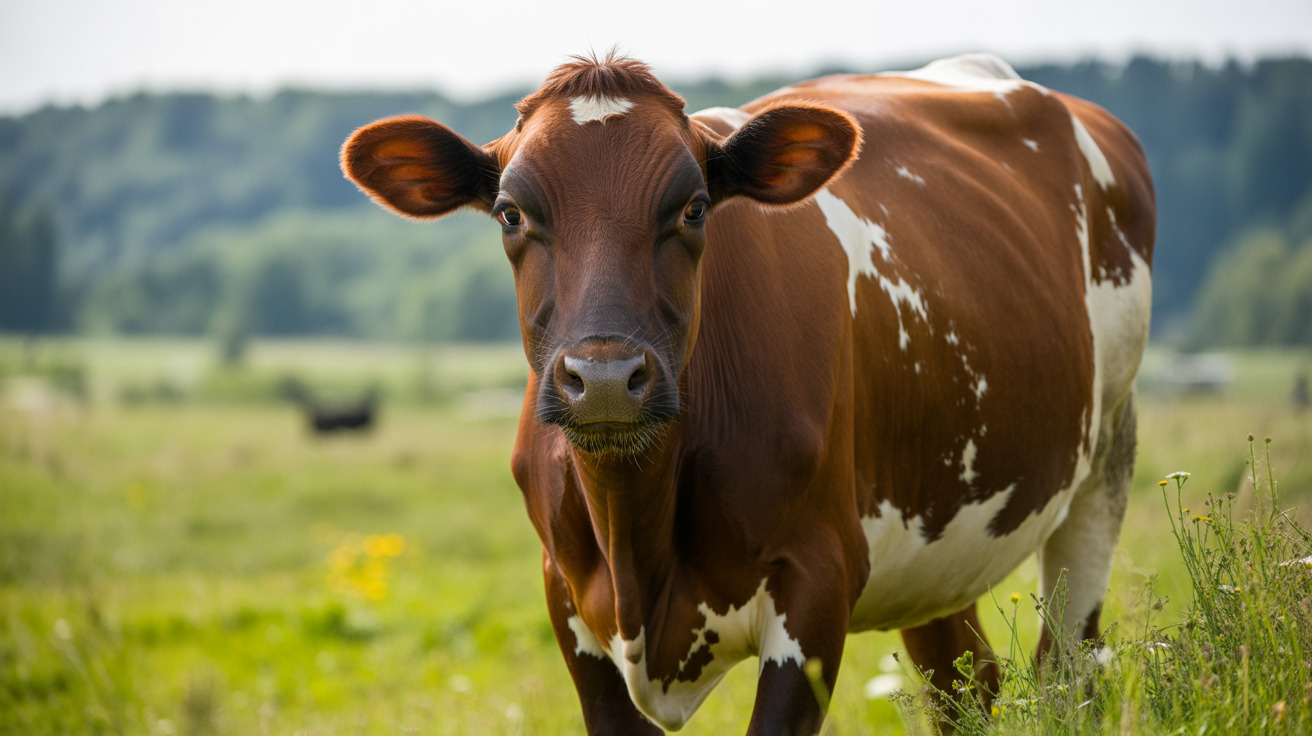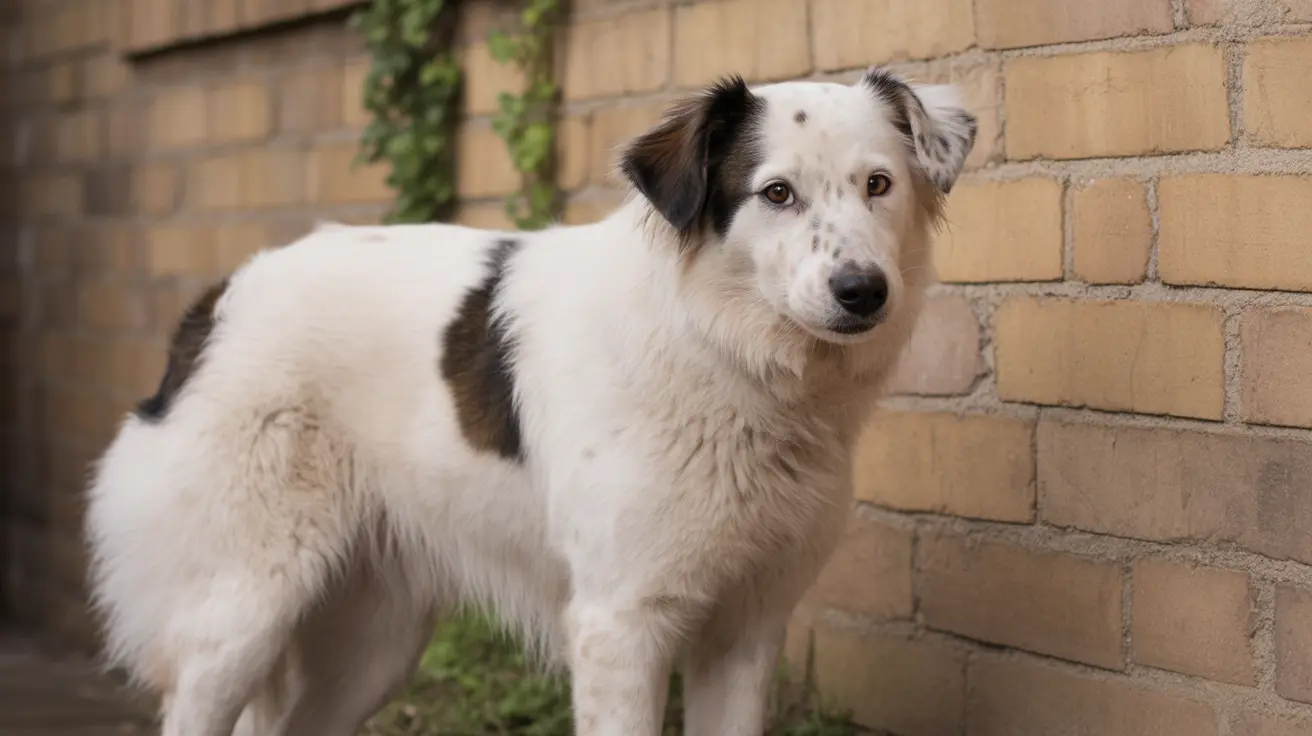When your dog suddenly develops facial drooping or an inability to blink, they may be experiencing facial nerve paralysis, commonly known as Bell's palsy in dogs. This neurological condition affects the facial nerve, leading to a range of symptoms that can be concerning for pet owners. Understanding this condition is crucial for early detection and proper management.
While Bell's palsy in dogs shares similarities with the human version, there are important differences in how it manifests and is treated in our canine companions. This comprehensive guide will explore everything you need to know about this condition, from recognizing early warning signs to understanding treatment options and long-term care strategies.
Understanding Facial Nerve Paralysis in Dogs
Facial nerve paralysis occurs when the seventh cranial nerve, responsible for controlling facial muscles, becomes damaged or dysfunctional. This condition can affect one or both sides of the face, though unilateral (one-sided) cases are more common. The impact on a dog's quality of life varies depending on the severity and underlying cause of the condition.
Common Signs and Symptoms
The most noticeable signs of facial nerve paralysis include:
- Drooping of one side of the face
- Inability to blink or excessive drooling
- Food and water falling from the affected side of the mouth
- Ear drooping (on the affected side)
- Loss of facial expressions
- Dry eye conditions
Identifying the Root Causes
While many cases are idiopathic (having no known cause), several factors can trigger facial nerve paralysis:
Medical Conditions
- Middle or inner ear infections
- Hypothyroidism
- Inflammatory diseases
- Neurological disorders
External Factors
- Head trauma
- Tumors pressing on the facial nerve
- Complications from surgery
- Environmental toxins
Diagnosis Process
Veterinarians employ various diagnostic tools to identify facial nerve paralysis and its underlying causes:
- Physical examination of facial symmetry
- Neurological testing
- Blood work and thyroid testing
- Imaging studies (CT scans or MRI)
- Tear production tests
Treatment Approaches and Management
Treatment strategies typically focus on addressing both the underlying cause (if identified) and managing symptoms:
Medical Interventions
- Antibiotics for infections
- Hormone replacement for thyroid issues
- Anti-inflammatory medications
- Artificial tears and eye lubricants
Supportive Care
- Regular eye cleaning and lubrication
- Facial massage and physical therapy
- Modified feeding techniques
- Protection from environmental irritants
Long-term Prognosis and Care
The outlook for dogs with facial nerve paralysis varies significantly. Some dogs recover completely within months, while others may have permanent facial asymmetry. However, most dogs adapt well to their condition with proper care and management strategies.
Frequently Asked Questions
What are the common symptoms of Bell's palsy or facial nerve paralysis in dogs?
Dogs typically show facial drooping on one side, inability to blink, drooling, and difficulty eating or drinking. They may also experience dry eye conditions and loss of facial expressions on the affected side.
How do veterinarians diagnose facial nerve paralysis in dogs?
Diagnosis involves a thorough physical examination, neurological tests, blood work, and possibly advanced imaging like CT scans or MRI. Veterinarians will also perform specific tests to check tear production and eye health.
What are the typical causes of facial nerve paralysis in dogs besides idiopathic cases?
Common causes include middle ear infections, hypothyroidism, trauma, tumors, and inflammatory conditions. Some cases may also result from surgical complications or exposure to certain toxins.
How is facial nerve paralysis in dogs treated, especially when no cause is identified?
Treatment focuses on symptom management, including artificial tears for eye protection, possible medications for underlying conditions, and supportive care. Physical therapy and regular monitoring are also important components of treatment.
What can pet owners do at home to care for a dog with Bell's palsy symptoms and prevent complications?
Pet owners should maintain strict eye care routines, keep the affected side clean and dry, assist with feeding if necessary, and monitor for any changes or complications. Regular veterinary check-ups are essential for ongoing care.
While facial nerve paralysis can be concerning for pet owners, understanding the condition and providing appropriate care can help maintain a good quality of life for affected dogs. Early recognition of symptoms and prompt veterinary care are key to achieving the best possible outcomes.






